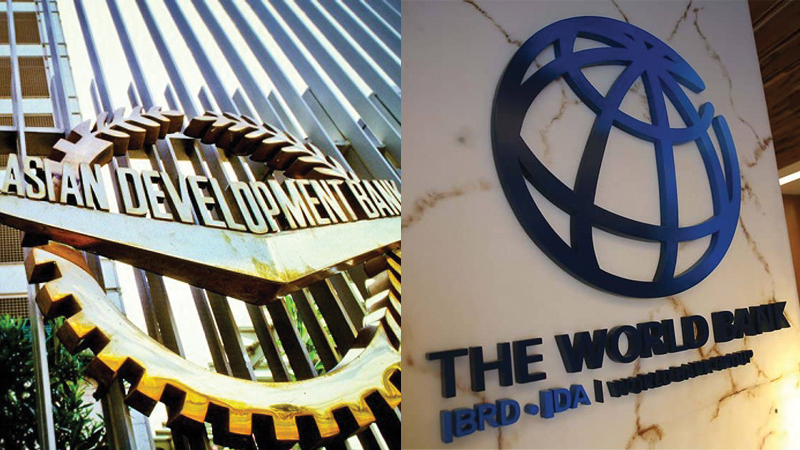- Sri Lanka needs to be more competitive
- Greater inflow of FDI essential
- Vital to promote Green Growth
The Asian Development Bank (ADB) reaffirmed its commitment to supporting Sri Lanka to achieve economic prosperity and sustainable growth at the launch of its Country Partnership Strategy 2024-2028 (CPS) for Sri Lanka in Colombo.
ADB Country Director for Sri Lanka, Takafumi Kadono said that President Ranil Wickremesinghe’s recent statement on Sri Lanka needing to be more competitive to achieve economic success resonates deeply with the ADB.
“What we try to do through the CPS is to bring the country to that level, to make it more competitive through the CPS’s three strategic objectives,” he said.
The three strategic objectives are: Strengthening
public financial management and governance, fostering private sector development and promoting Green Growth and improving access to climate-smart public services and deepening inclusion.
Kadono emphasised the need to maintain a realistic outlook on achievable goals while sustaining its momentum to prevent reform fatigue.
“There needs to be a realistic expectation of what can be done. At the same time, the momentum has to continue and we need to avoid a situation of reform fatigue. There also needs to be continuous social and public support towards the reforms,” he said.
With regard to the ADB’s assistance to Sri Lanka in terms of budgetary assistance, he said that the Bank is aligning with the IMF program. “This involves an annual allocation ranging from US$ 300 million to 400 million,” he said.
Kadono also emphasised the importance of aligning strategies with Government priorities and expressed his desire to support the Government and private sector in developing a comprehensive socio-economic plan.
He highlighted the need to attract more Foreign Direct Investment (FDI) to retain skilled workers and stimulate economic growth.
“FDI here is as low as one percent of GDP. So, there needs to be a more favourable, conducive environment to attract workers. And it’s very important to be able to support foreign and domestic investors.”
Sri Lanka’s economy is projected to record a moderate growth of 2.2 percent this year, showing signs of stabilisation, following the severe economic downturn of 2022, the World Bank’s latest bi-annual update stated. This growth is accompanied by positive developments such as declining inflation, increased Government revenue due to new fiscal policies, and a current account surplus for the first time in nearly 50 years. This surplus is likely driven by a rise in money sent home by Sri Lankans working abroad (remittances) and a rebound in tourism.









